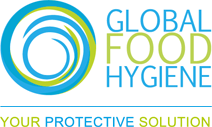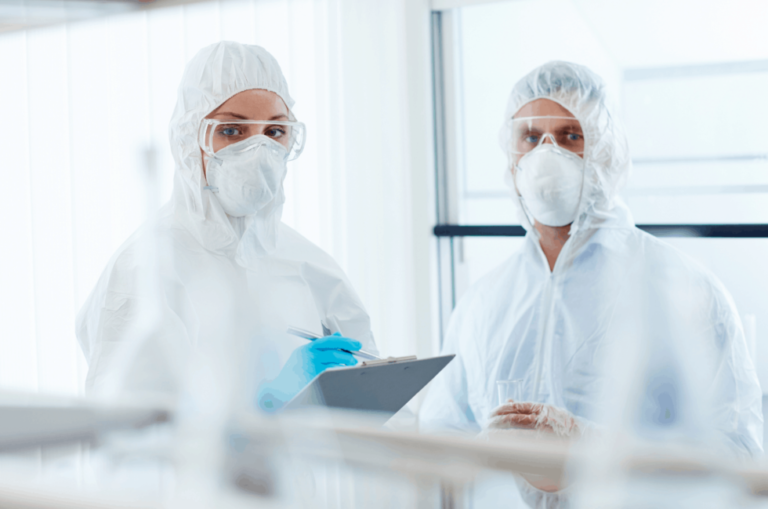Due to the prevailing COVID-19 pandemic, additional guidelines related to occupational health and safety have been implemented. Standard procedures have been extended to include the obligation to maintain good hand hygiene and respiratory hygiene. Before putting on personal protective equipment in the form of equipment necessary for work, all employees are required to disinfect their hands. Employees staying at the workplace should also use masks – disposable or with FFP2 / FFP3 filters, which should be changed at specified intervals. In the case of disposable masks, it is an hour from the beginning of use, and for masks with filters, it is about 7-8 hours. People suspected of contracting COVID-19 should be isolated from the rest of the workforce as soon as possible.
The guidelines also talk about reducing the number of employees working in one shift as much as possible and ensuring a minimum distance of 1.5 meters from each work station. You should also regularly disinfect all work surfaces and places that are often touched, e.g. door handles, desks, washbasins, soap dispensers. Each employer is obliged to provide disinfectants, paper towels and garbage bags.



